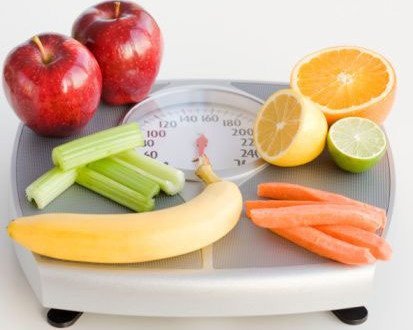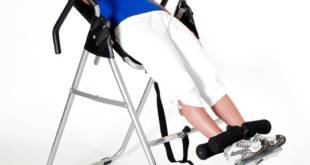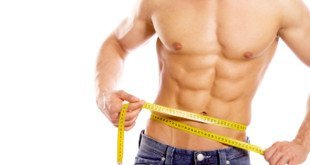Fiber and weight loss are a healthy combination – eat enough fiber and you’ll feel fuller and reduce your calorie intake at the same time!
Foods rich in fiber tend to be lower in fat, packed full of vitamins and minerals and relatively low in calories.
Fiber is found in plant foods and is also called cellulose. If you want to get really scientific, it’s a non-starch polysaccharide.
Your body can’t digest fibre so in effect it has no calories for humans.
Fiber adds bulk to food, aids digestion and passes straight through the gut.
Fiber has a range of health benefits.
For instance, soluble fiber has been shown to reduce blood cholesterol and can help to prevent heart disease.
Insoluble fibre may help to reduce your risk of gastro-intestinal cancers as it speeds up the passage of food through the gut. A natural laxative if you like, which can relieve constipation.
Fiber and Weight Loss
What’s the Link Between Fiber and Weight Loss…?
Soluble fiber dissolves in your gut when mixed with water and forms a bulky mass which fills you up.
It slows down the rate at which foods leave your stomach, so they are better digested. This also helps you to feel fuller for longer periods after eating.
The fuller you feel, the longer it will take for you to feel hungry again and the less likely you are to overeat.
Soluble fiber may also have an effect on your blood sugar levels, reducing the amount of insulin needed to process blood sugar after eating.
Balanced blood sugar levels help to reduce cravings for sugary foods and appetite in general.
Eat enough fiber and weight loss challenges such as snacking on sugary foods should become less of a problem.
What are Good Sources of Fiber…?
You need both soluble and insoluble fiber in your diet.
Fruit, porridge oats, beans and barley for instance, are good sources of soluble fiber. Vegetables, cereals and wheat are good sources of insoluble fibre.
Eat a good variety of plant derived foods and you don’t need to worry about getting the balance right.
How Much Fiber do You Need Each Day…?
Ideally, you should aim for around 25g a day. Split that into five servings spread throughout the day and that’s quite easy to achieve.
If you’re struggling, try a fiber supplement, which typically contain ingredients like guar gum, fructooligosaccharides and psyllium for instance.
Here are some examples of high fiber foods that you may want to incorporate into your diet on a daily basis. The fiber content of each is shown in grams:
- 3 carrots – 6g
- 2 tangerines – 5g
- 2 cups of spinach (cooked) – 8g
- 1 orange – 4g
- 2 cups of broccoli (cooked) – 9g
- 2 cups of green beans (cooked) – 8g
- 3 plums – 3g
- 2 cups of cabbage (cooked) – 8g
- 1 peach – 3g
- 1 apple – 4g
- 2 cups of kale (cooked) – 5g
- 1 green pepper – 3g
- 1 cup of frozen peas (cooked) – 9g
- 40g of All Bran – 12g
- 2 Weetabix – 7g
See, not that difficult to get your 25g a day, is it?
Of course, whilst cereals and grains are high in fibre, they’re also good sources of carbohydrates so don’t overdo them when trying to lose weight.
Breakfast cereals proclaiming that they’re high in fiber also tend to be high in sugar and salt to make them more palatable. Shredded Wheat, for instance, contains no added sugar at all and is a good choice.
The Bottom Line…
So, eat 25g daily of fiber and weight loss may get a whole lot easier. You should feel fuller and be better able to stick to your program because of it. You’ll also be getting the health benefits that a fiber-rich diet may confer.
You’ll also be more likely to increase your vitamin and mineral intake as fiber-rich foods tend to be nutritious fruits, vegetables, cereals and grains.
In summary, the links between fiber and weight loss are pretty well established, so eat plenty of fiber-rich foods for healthy weight loss.
For examples of ways to incorporate fiber into your diet, why not take a look at our free weight loss meal plans.
 Weight Loss for Busy People Best Fitness Blog
Weight Loss for Busy People Best Fitness Blog




